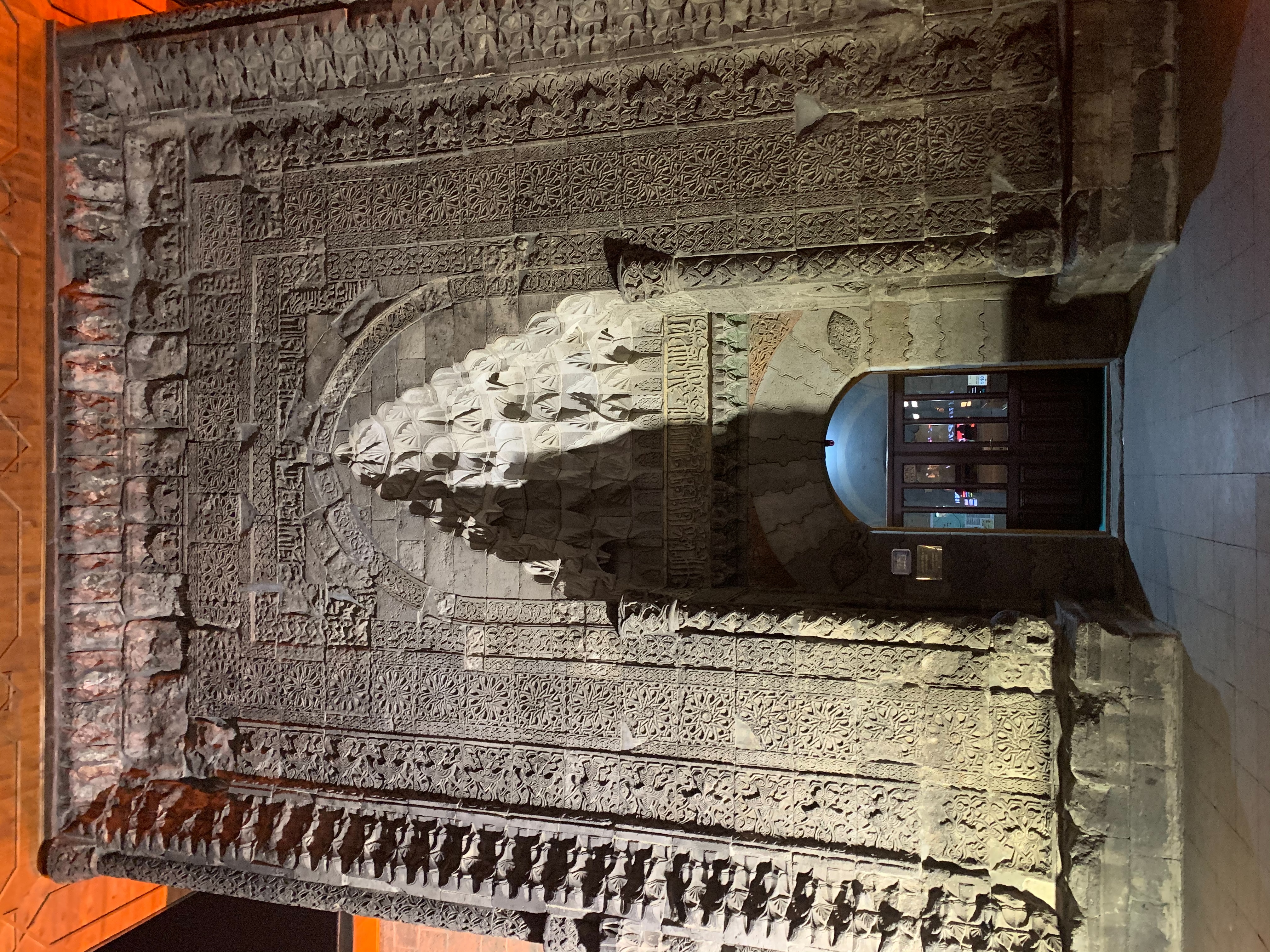|
Tughril Ibn Kılıç Arslan II
Tughril Shah, also Abdu'l Harij Muhammad Mughis ad-din Tughril Shah ibn Kılıç Arslan II (r.1202–1225) was a Turkoman king of the "Seljuqs of Erzurum", following the fall of the Saltukids in the region, one of the Anatolian beyliks. He was another son of Kılıç Arslan II, who in 1186 had partitionned his kingdom in Anatolia between several of his numerous sons. He was succeeded by his son Rukn al-Din Jahanshah bin Tughril. Before the 1201–1202 conquest of Ezurum by Suleiman II of Rûm, son of Kilij Arslan II, the region of Erzurum had been ruled by a local Turkoman dynasty, the Saltukids from 1071 until 1202. Quote: "The Saltuqids' main role in the political and military affairs of the time was in warfare with the Georgians, expanding southwards from the time of their king David the Restorer (1089–1125), often as allies of the Shah-i Armanids (see above, no. 97); but in a curious episode, Muhammad b. Saltuq II's son offered to convert to Christianity in order to marry the ... [...More Info...] [...Related Items...] OR: [Wikipedia] [Google] [Baidu] |
Erzurum
Erzurum (; ) is a List of cities in Turkey, city in eastern Anatolia, Turkey. It is the largest city and capital of Erzurum Province and is 1,900 meters (6,233 feet) above sea level. Erzurum had a population of 367,250 in 2010. It is the site of ancient Theodosiopolis. The city uses the double-headed eagle as its coat-of-arms, a motif that has been a common symbol throughout Anatolia since the Bronze Age. Erzurum has winter sports facilities, hosted the 2011 Winter Universiade, and the 2023 Winter Deaflympics (in March 2024). Name and etymology The city was originally known in Armenian language, Armenian as Karno K'aghak' (), meaning city of Karin, to distinguish it from the district of Karin (wikt:Կարին, Կարին). It is presumed its name was derived from a local tribe called the Karenitis. Darbinian, M. "Erzurum," Armenian Soviet Encyclopedia. Yerevan: Armenian Academy of Sciences, 1978, vol. 4, p. 93. An alternate theory contends that a local princely family, the Kams ... [...More Info...] [...Related Items...] OR: [Wikipedia] [Google] [Baidu] |

